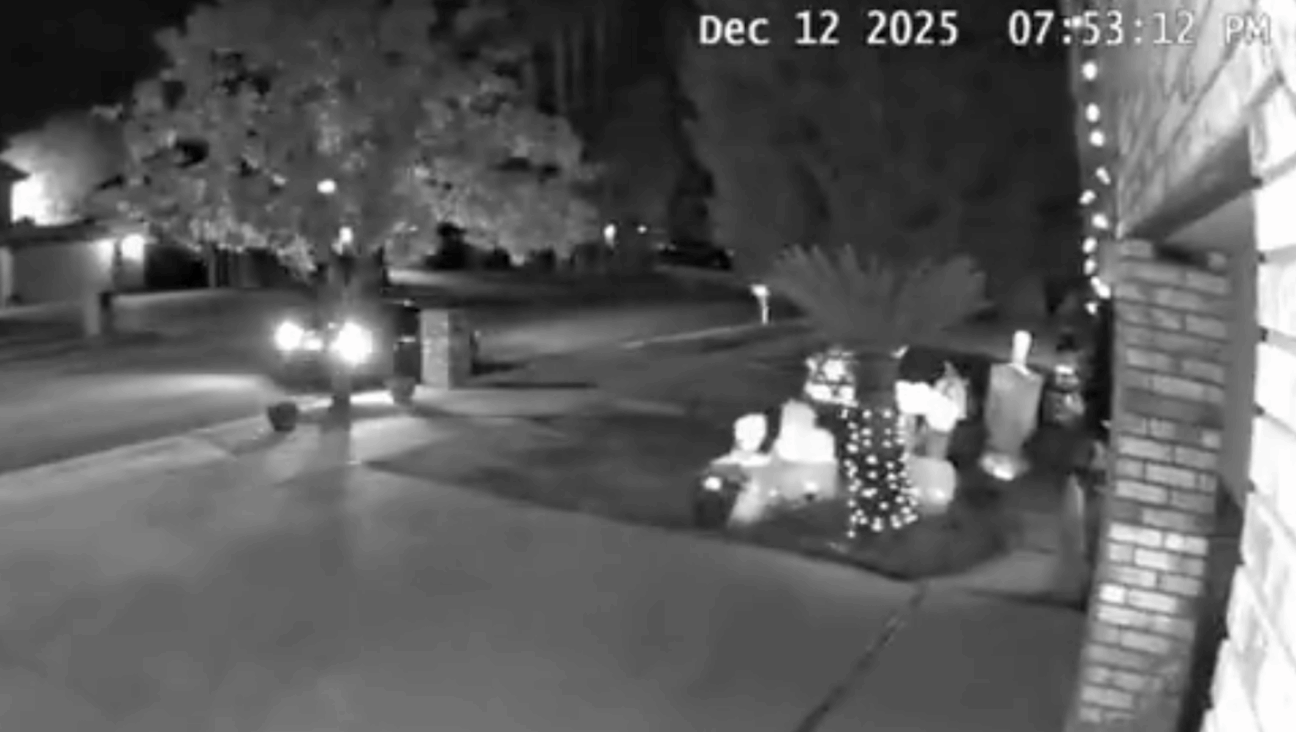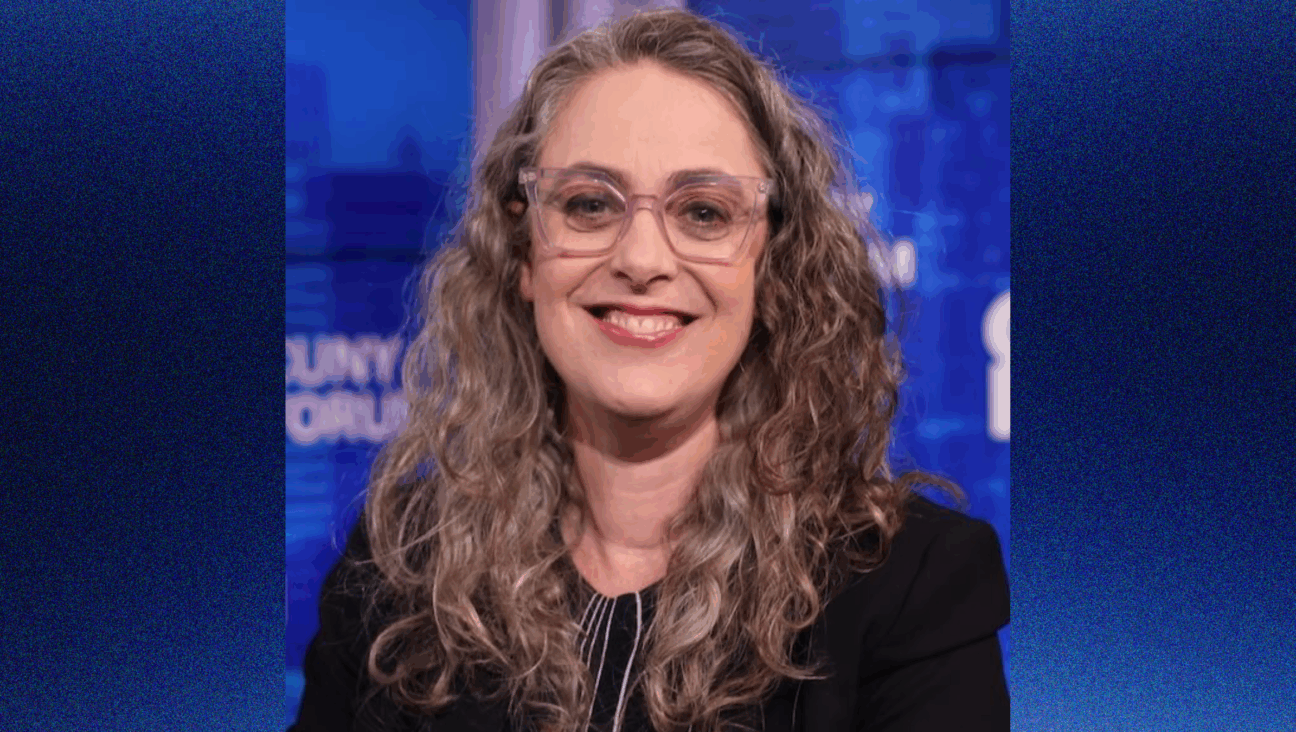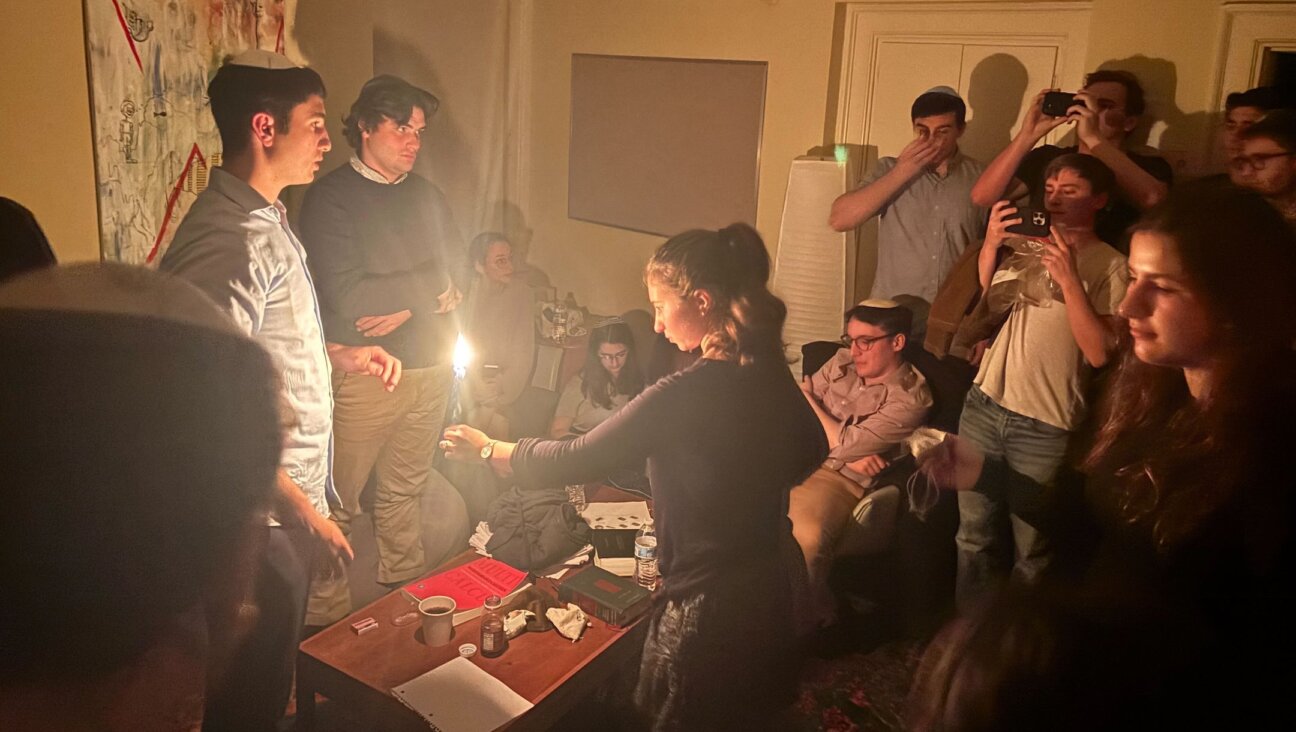The story of a 100-year-old Holocaust survivor needs no contemporary parallels to be relevant

Graphic by Angelie Zaslavsky
“I Am Here,” Jordy Sank’s 72-minute documentary, is at once a memorial to the millions who died in the Holocaust and an impassioned response to Holocaust deniers. But at its core it’s a celebration of Ella Blumenthal on the occasion of her 98th birthday.
Now 100, Blumenthal is one of the oldest living survivors to bear witness to the Holocaust. The film pays tribute to her resilience and her unequivocal affirmation of life, emerging improbably from her experiences in an unspeakably dark and brutal world that continues to defy imagination.
The film opens with footage of Neo-Nazis marching down the streets of Charlottesville, Virginia, bellowing “Jews will not replace us,” in the now infamous August 2017 Unite the Right rally, which culminated in the murder of Heather Heyer and the injury of dozens of others who were participating in a counter protest. Swastikas were ubiquitous.
In the next scene, an Australian radio announcer recounts how Blumenthal, who survived the Holocaust, is reaching out to a Holocaust denier, suggesting that we’ve all been victimized by misinformation and that, despite firmly held beliefs that may be at odds, we have far more in common than not. Blumenthal advocates love in the face of unremitting disunity.

Here She Is: ‘I Am Here’ pays tribute to Ella Blumenthal’s resilience and her unequivocal affirmation of life, emerging improbably from her experiences in an unspeakably dark and brutal world. By Blue Fox Entertainment
Then, we see Blumenthal surrounded by friends, children, grandchildren and other family members at her birthday party, where she emerges as the embodiment of cosmopolitan elegance, charm and wisdom — the kind of wisdom spawned in anguish.
Born in Warsaw in 1921, Blumenthal enjoyed a happy life until the outbreak of the war when she and thousands of other Jews were rounded up and incarcerated in the Warsaw Ghetto. Jewish property was destroyed or confiscated, epidemic disease and starvation were rampant. Corpses lined the streets. Blumenthal was in hiding during the ghetto’s legendary uprising. Most of her family was wiped out. She, her father and her beloved niece Roma were captured and shipped off to Madjanek.
Her father was sent almost immediately to the gas chamber. A childhood friend was publicly hung because she tried to escape. Others were shot on the spot for the most minor infractions.
Blumenthal and her niece later found themselves in Auschwitz and Bergen-Belsen, each concentration camp a more hideous hell than its predecessor. Against all odds, Blumenthal and Roma survived. After the war, Ella lived in Paris and Tel Aviv before marrying a Jewish South African; she currently lives in Cape Town.
Despite the atrocities Blumenthal endured, her faith in God never wavered. Throughout she remained convinced that she was chosen to stay alive to attest to what she had experienced. Divine intervention is her only justification for why she survived and others did not — the film’s title comes from a line in Hebrew that Blumenthal says repeatedly: “Baruch Hashem Ani Poh,” which translates to “Thank God I Am Here.”
This movie marks Sank’s debut as director of a feature documentary, and it’s the culmination of a 15-year passion project. He first encountered Blumenthal when he was a teenager at a Shabbat dinner where she shared her history, then rose to sing and dance, joyful to be alive and overflowing with feelings of gratitude. Sank was so taken with Blumenthal’s glorious contradictions that he felt he had to film her story and imbue it with a fresh, young perspective that could inspire a new audience to understand that “Never Again” applies not only to antisemitism but racism, xenophobia and extremism in all its evil permutations.
Blumenthal’s recollections cast a long shadow from the intense smell of burning bedding that occurred during the Warsaw Ghetto uprising (she says the odor remains in her nostrils to this day) to the uncanny experience of eluding death because of a clerical error — one day, 700 prisoners were on their way to being gassed, but only 500 inmates had been scheduled. The error was caught just in time. The paradox of a life being saved via German precision is almost comic.
One of the most stunning remembrances centers on those forever-shocking numbers branded onto the arms of Jewish prisoners. We see a white scar on her arm where that inflicted patch of skin was surgically removed because her South African in-laws didn’t want to be reminded of where she had been. Later, she explained to her children that the scar was the result of an “accident.” Denial was everywhere.

From Generation to Generation: One of Ella Blumenthal’s missions is to use her experiences to teach younger people about the dangerous of intolerance. By Blue Fox Entertainment
The film’s final image is a powerhouse. In it, we see two photos — one of the family Blumenthal lost in the Holocaust; the other, a portrait of her smiling post-Holocaust family. Shown simultaneously, the images offer a vision of both unendurable grief and triumphant renewal and continuity.
There’s much to admire in this film, though the use of 2-D animation feels intrusive and unnecessary and the persistent score, which seems to dictate what the audience should be feeling, is overwrought.
Also problematic is Sank’s — and perhaps even Blumenthal’s — desire to view the film as a warning against other genocides and barbarities. To suggest that art about the Holocaust needs to be applicable to other present or future horrors is to diminish it. Telling the story of the Holocaust does not demand further justification. It is the singular most grotesque and defining event of the 20th century, and Blumenthal’s story portrays the depth and poignancy of the abomination.
Simi Horwitz won a 2018 Front Page Award from the Newswomen’s Club of New York for her Forward story, “Ruchie Freier: Hasidic Judge, American Trailblazer.” She received two 2020 New York Press Club Awards, three 2021 National Arts & Entertainment Journalism Awards, and a 2021 Simon Rockower Award. She came in first place at the 2021 SoCal Journalism Awards (given by the LA Press Club) for her Forward story, “Gloria Steinem is Having a Moment.”
















